A trademark is something that is used to prove and protect your intellectual property. You come up with an adorable cartoon mouse that sails a boat; you put a trademark on it so that no one can steal it and then build an empire. It's that simple. But sometimes those who want to trademark it have trouble with what exactly constitutes intellectual property, and instead try to get a slightly broad and, dare we say it, greedy idea of what may cover a trademark.
10. Disney tried to trademark Team 6
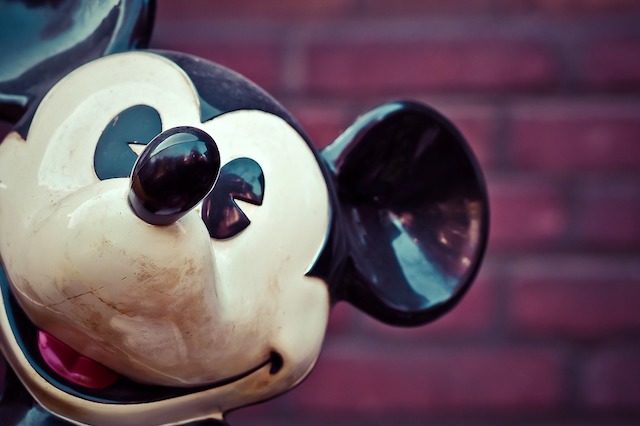
Let's start with what will be a recurring theme in some of the posts. At some point, a trademark became less a way to protect an idea and more a way to get people to pay you to say something in the public eye.
On May 3, 2011, Disney attempted to trademark the name "SEAL Team 6." This came after SEAL Team 6 killed Osama bin Laden, once the world's most wanted man and the terrorist who carried out the September 11 attacks.
SEAL Team 6 was big news after what happened, and Disney apparently thought they could make money off of it if they owned the name. Of course, considering SEAL Team 6 was a group of real, live people, and SEAL teams are members of the Navy, and neither of them have any connection to Disney, the plan didn’t work out. Perhaps it had something to do with the fact that the trademark request would also cover things like snow globes and Christmas stockings.
Less than two weeks later, Disney dropped their trademark request after they were thoroughly grilled in the media. Disney's plan was to create a TV show like NCIS , about Navy SEALs. The Navy had to retaliate to protect the name, since they are in fact Navy SEALs, and the whole thing made Disney look greedy and opportunistic. Ironically, six years later, CBS developed a show called SEAL Team .
9. Disney tried to trademark Dia De Los Muertos
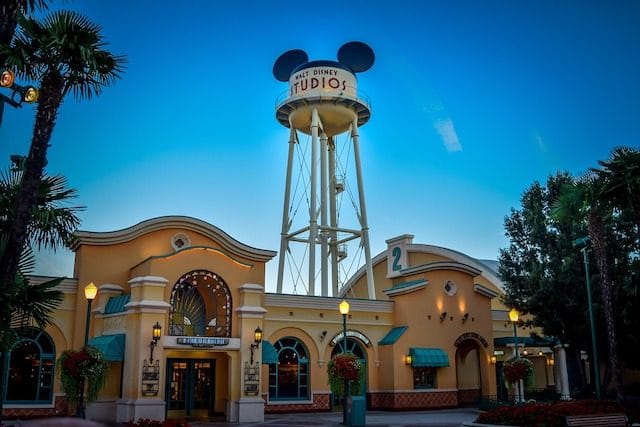
Let's not let Disney off the hook just yet. Two years after launching their SEAL team, they tried to trademark an entire holiday, filing a lawsuit to make Dia de los Muertos part of the House of Mouse. Dia de los Muertos is a widely celebrated holiday in Mexico that includes large celebrations meant to honor and remember those who have died. Despite its seemingly somber nature, it is also meant to be a lively and fun time.
In 2017, Disney/Pixar released the film "Coco" , but in the lead-up to its release, they hadn't settled on a name or the idea that it would be about the Day of the Dead. They filed to trademark the name and immediately faced backlash from people accusing them of exploitation and cultural appropriation. Disney's attempt to trademark would have covered everything from fruit baskets to jewelry. They even threw in non-medicated toiletries.
The backlash led to a widespread petition and protests. Disney eventually relented, suggesting that they only wanted to trademark the title of their film and that they had decided to use a different title.
8. Harley Davidson tried to trademark the sound of their motorcycles.

Harley Davidson arguably makes the most famous motorcycles in the world. They are highly coveted and quite well known in terms of biker culture. And while Harleys do have a distinctive look, the company believes that they also produce a distinctive sound. So distinctive, in fact, that it is worthy of trademark protection.
For six years, the company fought in court to claim not only the sound but also other design elements, such as the teardrop gas tank, the curve of the fenders, and the overall shape of the bikes. Other manufacturers fought legal battles because some of these elements were arguably quite generic, and the engine sound was not a Harley sound per se, but the sound of any motorcycle with a V-twin engine. Eventually, the company gave up and stopped its efforts. According to a Harley spokesman, the company was tired of spending millions on a case with no end in sight.
7. A French company attempted to register a trademark for the flavor of strawberry.
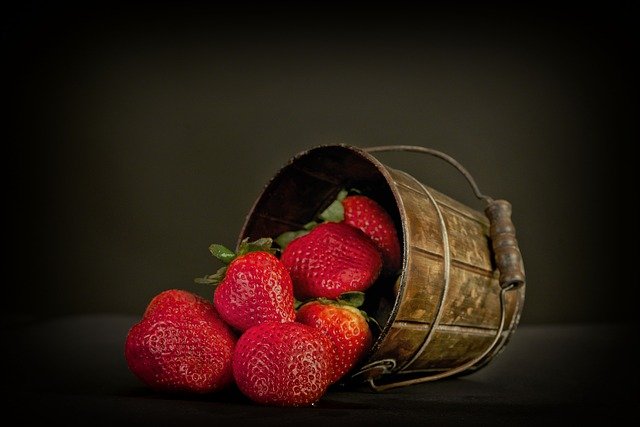
Trademarks can be tricky things. A character, a movie title, a song title — all of these things make sense as potential trademarks. But what about the more esoteric? We just saw an attempt at sound, but what about tastes? Or smells?
In 2005, a French company tried to trademark the smell of strawberries. This didn't come out of nowhere either. A Dutch company had somehow managed to trademark the smell of freshly cut grass they used to make tennis balls. As meaningless as that phrase may seem, it's still true.
Eden Sarl tried to register the scent of strawberry for use in soaps and lotions. However, they were refused on the grounds that one strawberry may smell different from another strawberry, so you can hardly call the smell of strawberry your "thing".
6. Subway tried to trademark Footlong
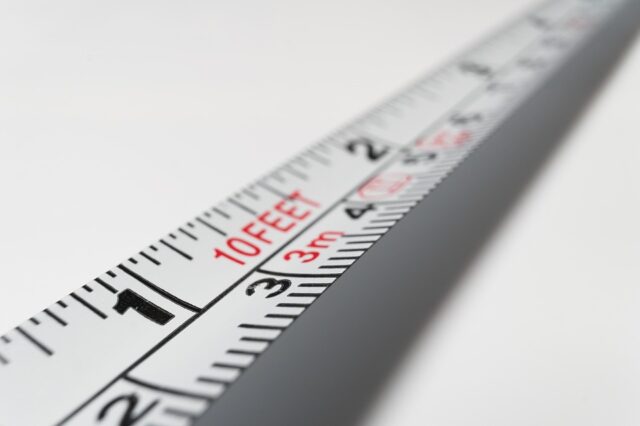
Most restaurants that sell submarine sandwiches offer them in 6-inch and 12-inch sizes. The 12-inch subs are often called footlongs because they are a foot long. It's not too hard to figure that out. But Subway, the largest of the sandwich chains, decided it wanted to own the term "footlong" and went so far as to send cease and desist letters to other sandwich chains saying they could no longer legally use the term "footlong" like Subway did.
The letters sent could be described as bold and underhanded, as Subway had only filed for a trademark, and they did not legally own the term in any way. And once the trademark officer reviewed the application, it was still rejected. In fact, Subway kept the matter under wraps for nearly 7 years, trying to prove that people around the world strongly associated the idea of a foot-long sandwich with their brand. The office disagreed, pointing out that most people thought it simply described the size of the sandwich, not the restaurant that made it. This meant they had to remove the ™ symbols they had added to all of their menus for a term they had never trademarked.
5. McDonalds fails to retain EU trademark on 'Mc'

McDonalds is into branding, as evidenced by their menu, which includes McNuggets, McFlurry, McMuffin, McWrap, McChicken and McEverything. Unsurprisingly, the company tried to trademark the "Mc" prefix in Ireland, but things didn't go so well, thanks to Supermac's, another fast food chain.
The European Union had to decide who had the right to use the Mc prefix, but Supermac's, which has been in Ireland since 1978 and has over 100 stores, managed to hold on to its right. The case determined that McDonald's had not proven any exclusive ownership of Mc, but also acknowledged that some products, like McNuggets, were so well established that the trademark could be retained. They simply couldn't have carte blanche to use it for every product under the sun. Since they hadn't done anything with it for at least 5 years, which in the EU meant they weren't very serious about using the trademark, it really opened the door for Supermac's or any McRestaurant.
4. Damon Wayans tried to trademark an offensive term
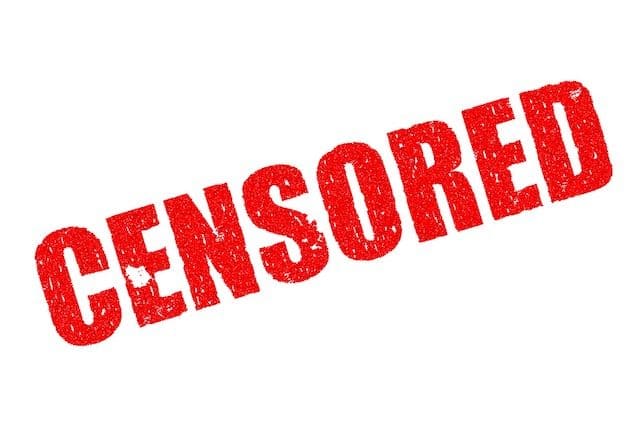
Comedian Damon Wayans is not above causing trouble for others when he is motivated to do so. He was famously fired from "Saturday Night Live" after a very short run due to creative differences, he went off-script and played a minor character who was flamboyant and stereotypically gay.
Some time later, Wayans attempted to trademark a word that we simply won't say here. To be as clear as possible, it was a version of the N-word ending in a soft A.
Wayans' attempt to trademark the word was for use in a clothing line and a retail store. The attempt was rejected twice by the trademark office, and while they didn't give a formal reason, trademark lawyers had no trouble explaining it. The book has rules about trademark terms that are scandalous or offensive to a group of people.
While many have tried to trademark the word in the past or argued that it is not offensive in certain contexts, the trademark office disagrees.
3. Donald Trump Tried to Trademark "You're Fired"
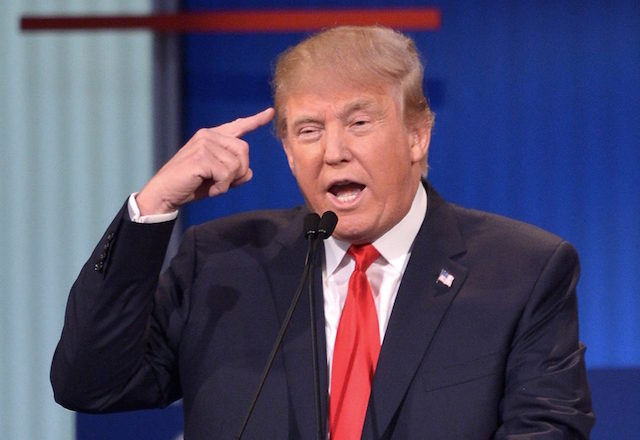
Before ruling the free world, Donald Trump ran a reality TV conference room on the show "Student" Each week, a contestant (possibly a celebrity) would be booted from the show after Trump would taunt them with the phrase, "You're fired." It became something of a catchphrase, and naturally, Trump tried to trademark it.
The plan was to copyright it for use in games, but the attempt was abandoned due to concerns that it would be confused with an existing game called You're Hired.
2. Cheerios tried to register the yellow trademark
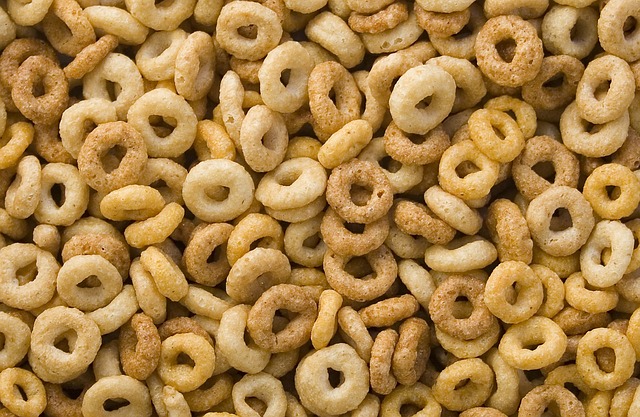
Walk into any supermarket today and you'll find dozens of different types of cereal on the shelves. There are so many cereals that they often have their own section in stores. And one of the most easily recognizable is Cheerios, in their iconic bright yellow packaging.
General Mills, the company that makes Cheerios, was so convinced of this iconic status that they filed to trademark their box. Not the name, which they had already trademarked, not the design, not the font, not anything that seemed trademark-worthy. No, they wanted to trademark yellow. The color yellow.
Their attempt ended in a court case, where they lost their flamboyant attempt. The ruling stated that they had done literally nothing to somehow claim ownership of the color yellow, and many other cereals are sold in yellow boxes. Indeed, Corn Pops, Golden Grahams, Honey Bunches of Oats, Sugar Crisp, Cap'n Crunch with Crunch Berries, and many others are also in yellow boxes.
The court also pointed out that Cheerios come in different flavors, and none of the other boxes, like Honey Nut Cheerios, even use the color yellow, so they don't look like a color.
1. Businessman tried to register the trademark "September 11, 2001"
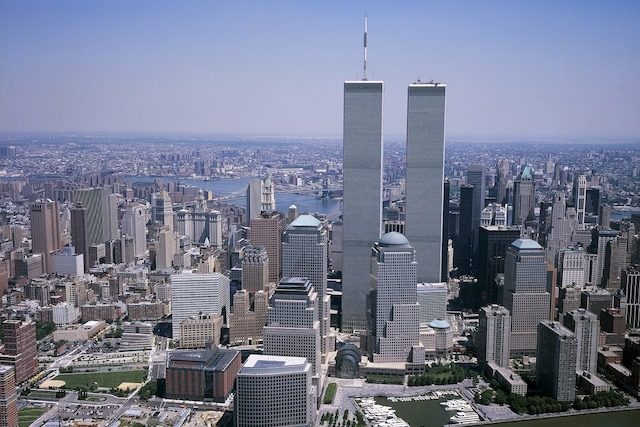
Sometimes what would otherwise be an unremarkable and mundane trademark becomes borderline horrific and offensive as a result of nothing more than time and circumstance. Such was the case when a businessman named Moti Schneeberg attempted to trademark "September 11, 2001."
While much of the world was in shock from the most brazen terrorist attack in history and the deadliest on American soil, while it played out in real time, live on television, with the Twin Towers collapsing in flames and people jumping to their deaths in a desperate attempt to escape, Schneeberg realized he had witnessed something huge and historic, and he wanted to cash in on it.
The trademark application was to cover the use of the historic date in "various forms of entertainment, including television drama, news shows, theatrical productions and musical variety, news and comedy shows." He claimed it would be for charitable purposes. Sure. Sure it was.
Schneeberg was one of more than two dozen others who tried to make some kind of claim to the date and its events. Many of them wanted to register its use as a slogan so they could put it on hats, mugs, and the like. Who wouldn't want to wear a trendy 9/11 hat with a Hindenburg T-shirt?
All claims were rejected because you can't register a date or anything that the public can't recognize as a trademark.





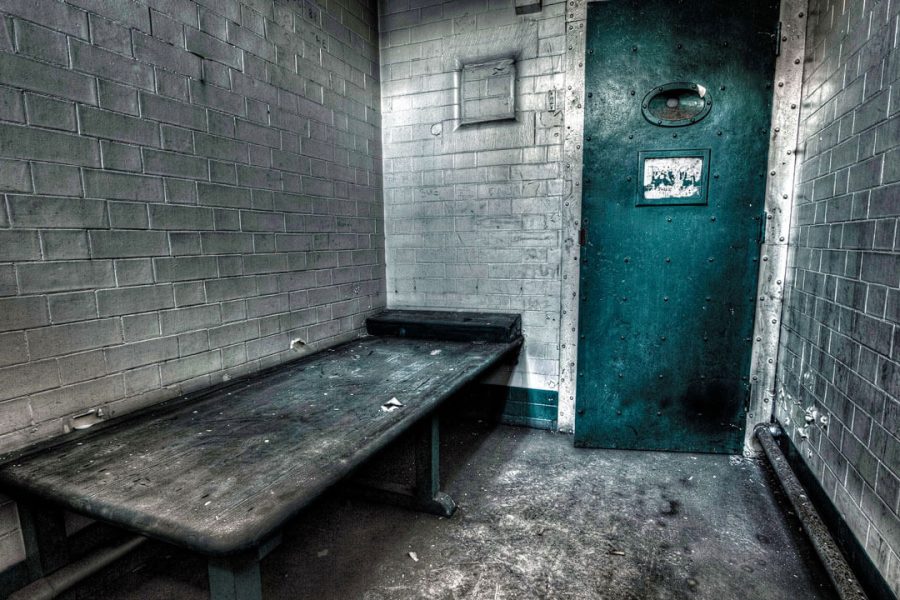
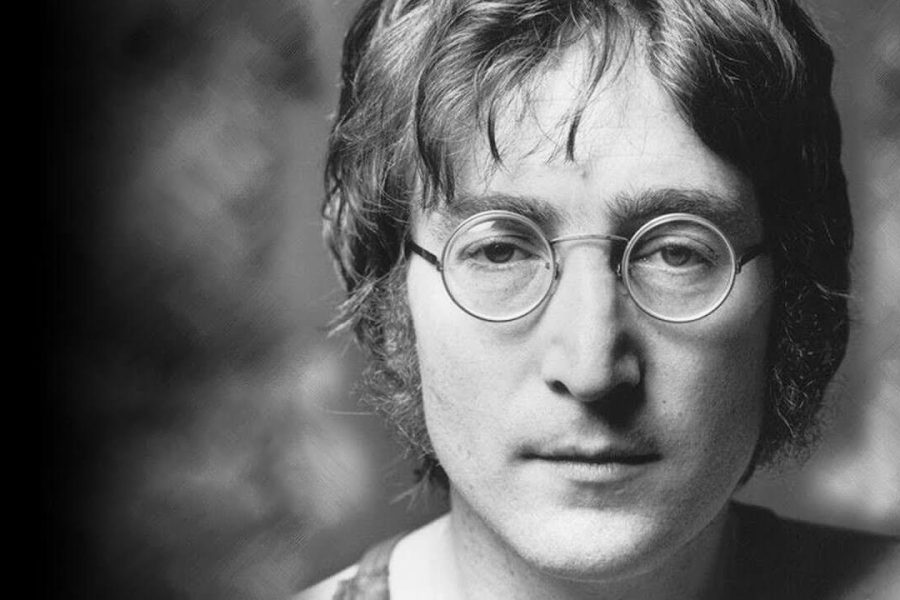
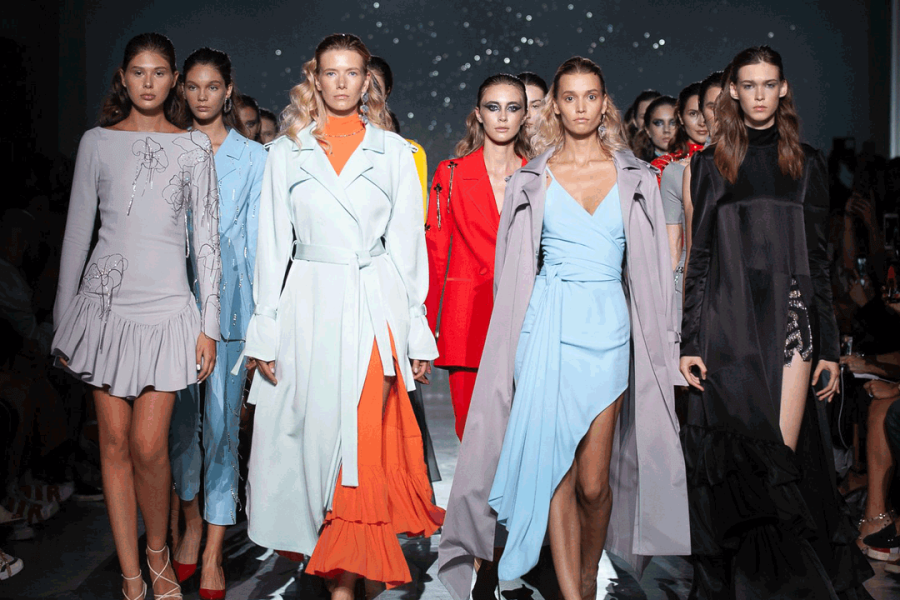




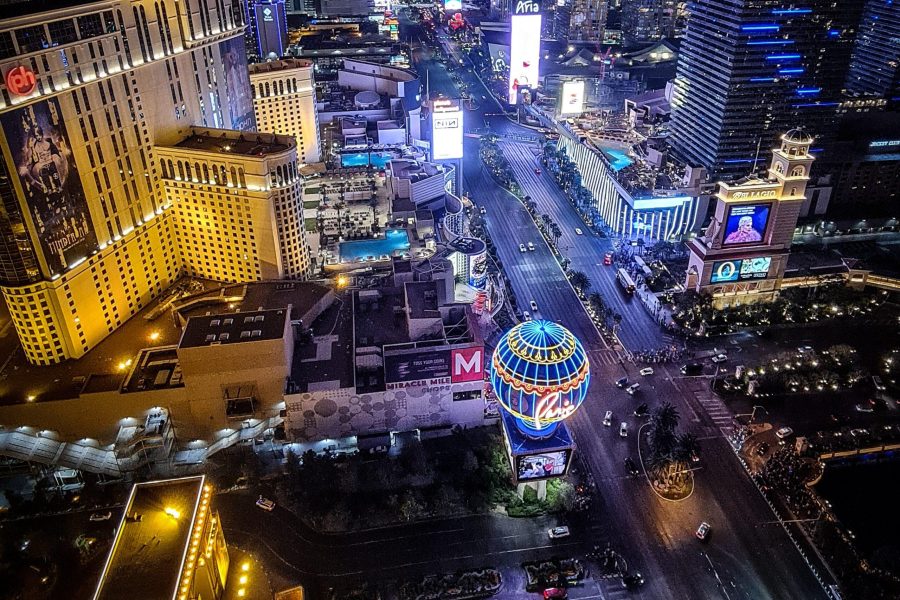

Оставить Комментарий